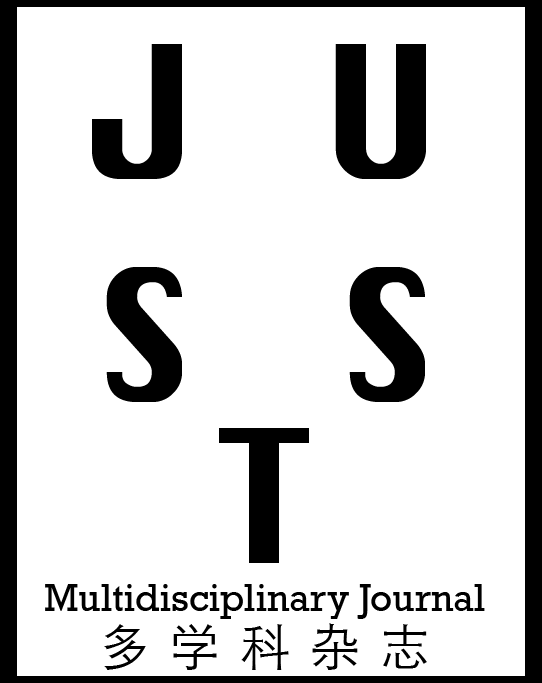Dr.R.Renuka
Department of Biochemistry, Sri Ramakrishna College of Arts and Science for Women, Coimbatore, Tamil Nadu, India.
A Comparative Study of in vitro Nitric oxide radical, Hydroxyl radical and ABTS free radical Scavenging Activities of Leaf and Seed Extracts of Trigonella foenum-graecum
Authors
Abstract
Free radicals are outcome of various metabolic activities and their excess production leads to many
diseases. Therefore, it is necessary to neutralize excess free radicals. Diabetes is an oxidative stress
related disorder and is emerging as a pandemic. The immediate need is to identify novel food based
bioactive agents or drugs for curing or preventing diabetes, with comparatively fewer side effects.
Trigonella foenum-graecum (Fenu greek) is one of the most promising vegetable providing treasures
of secondary metabolites known to have health benefits against various diseases. In the present study
free radical scavenging activities of ethyl acetate extracts of Trigonella foenum-graecum leaf (TGL)
and Trigonella foenum-graecum seed (TGS) was studied, and it was found that Nitric oxide
scavenging activity of all the extracts was found to be moderate with TGL 52% and TGS 54% when
compared to ascorbic acid standard with 77% scavenging effect. The hydroxyl radical scavenging
activity TGL and TGS were found to be 61% and 56%, the standard quercetin which showed a
maximum of 64%. ABTS radical scavenging activity of TGL and TGS and standard ascorbic acid
were found to be 73 %, 52 % and 68 %. Nitric oxide radical, Hydroxyl radical and ABTS radical
Scavenging radical models for antioxidant studies showed that TGS had higher free radical scavenging
activities when compared to TGL extracts. The antioxidant activity exhibited by Trigonella foenum-
graecum shows promising scope in treatment and prevention of complications in diabetes.
Keywords: Trigonella foenum-graecum, Free radical scavengers, Antioxidants, Diabetes.
